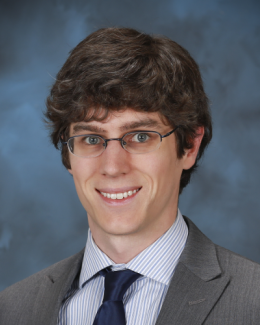Abstract
This paper describes major improvements to the computational infrastructure of the CTF sub-channel code so that full-core “sub-channel-resolved” simulations can now be performed in much shorter run-times, either in stand-alone mode or as part of coupled-code multi-physics calculations. These improvements support the goals of the Department Of Energy (DOE) Consortium for Advanced Simulations of Light Water (CASL) Energy Innovation Hub to develop high fidelity multi-physics simulation tools for nuclear energy design and analysis.
A set of serial code optimizations--including fixing computational inefficiencies, optimizing the numerical approach, and making smarter data storage choices--are first described and shown to reduce both execution time and memory usage by about a factor of ten. Next, a “Single Program Multiple Data” (SPMD) parallelization strategy targeting distributed memory “Multiple Instruction Multiple Data” (MIMD) platforms and utilizing domain-decomposition is presented. In this approach, data communication between processors is accomplished by inserting standard MPI calls at strategic points in the code. The domain decomposition approach implemented assigns one MPI process to each fuel assembly, with each domain being represented by its own CTF input file. The creation of CTF input files, both for serial and parallel runs, is also fully automated through use of a pre-processor utility that takes a greatly reduced set of user input over the traditional CTF input file.
To run CTF in parallel, two additional libraries are currently needed; MPI, for inter-processor message passing, and the Parallel Extensible Toolkit for Scientific Computation (PETSc), which is leveraged to solve the global pressure matrix in parallel. Results presented include a set of testing and verification calculations and performance tests assessing parallel scaling characteristics up to a full core, sub-channel-resolved model of Watts Bar Unit 1 under hot full-power conditions (193 17x17 assemblies, ~56,000 pins, ~59,000 sub-channels, ~2.8 million thermal-hydraulic (TH) control volumes). Results demonstrate that CTF can now perform full core analysis (not previously possible due to excessively long runtimes and memory requirements) on the order of 20 minutes. This new capability is not only useful to standalone CTF users, but is also being leveraged in support of coupled code multi-physics calculations being done in the CASL program.


